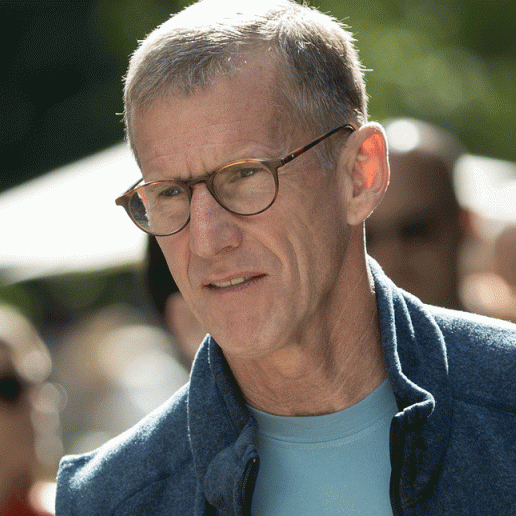Leaders are always the subject of constant scrutiny and study, but too many of us, are seduced by the mythology of what good leadership looks like, and often miss the reality. As a result, our methods of identifying, educating, and evaluating leaders are often stunted or feel incomplete.
Rather than relying on legends and folklore, it is important to properly ground our views of these leaders in reality. Re-examining and reimagining the role of leaders speaks volumes about how all individuals can find their followers and navigate the context in which they operate.
In my latest book, Leaders: Myth and Reality, we go so far as to define our recall of many of history’s most famous leaders not just as common leadership misconceptions, but as a wholesale mythology of leadership. This means that how we remember past leaders whom we venerate or spurn is not just about misremembered dates, exaggerated facts, and so forth.
For example, when we began the book, we all saw Martin Luther King’s leadership in the Civil Rights movement as epitomized by the iconic and perennial, “I Have a Dream” speech on the steps of the Lincoln Memorial. As we dug into the history, though, we found that his leadership was, equally, marked by twelve years of practical and managerial effectiveness, often devised in grimy hotel rooms and on slow-moving buses. We all think of Coco Chanel as a glamorous fashion icon; we do not imagine her toiling, for hours on end, on the human mannequins in her studio.
The Myths Surrounding Our Perception of Leadership
More importantly, there are conceptual distortions about how leaders of the past made their ways into the history books. In our book we highlight three myths in particular that persist. First, we see a Formulaic Myth, which is at work whenever we try to come up with a static checklist of leadership traits that should or could produce effective leadership.
Today, there’s lots of great literature which suggests that showing empathy and being willing to share one’s vulnerabilities with team mates is the mark of a great leader. In some instances that may be true, but equally, there are so many cases out there where those lessons just don’t hold up in the face of hard evidence.
Maximilien Robespierre, the foremost leader of the Terror in the French Revolution, didn’t show empathy or charisma to sustain his grip on power. If anything, his zealousness exhibited what has been called a “fatal purity,” which chimed uniquely with the virtuous society French revolutionaries sought to achieve. There’s not much empathy to find there–but it worked.
So often we look to historical examples of leadership and use a checklist of their greatest qualities to emulate them. But that’s not what we read history for, and the chances are that it won’t work. The specific instance you are leading in needs a highly particular and contextually responsive style of leadership. You may get ideas from the history books (and, we hope, our own), but don’t follow them like a checklist.
It’s also the case that we think of leadership as being about individuals excelling in their particular fields. Albert Einstein won the Nobel Prize for Physics. Winston Churchill “won” World War II. You can win if you’re the most committed and the most faithful and the most resilient. But this too is a myth—what we came to call the Attribution Myth of leadership.
When reading history, particularly of the biographical sort, we focus around the individual leader at the apex of an organization or field. But if you want to get the full picture of how an individual excels in his or her field, you need to not just look at the standout individual—the person history wants you to remember, the giant on whose shoulders you aspire to stand. You need to understand the relationship that individual had with the people around her: family members, teammates, fellow leaders.
They couldn’t achieve what they did without them—so why pretend that the solitary individual was a leader because she possessed a unique “essence” or ability no one else did? Leadership is pro-social, achieved as part of an interaction between multiple moving parts, and is iterative and embedded in institutional contexts. We should read history using that core assumption.
Last, there is what we call a Results Myth surrounding leadership. This is where we over-focus on individuals being important for the results they brought under their tenure, rather than for the countless other factors that made for effective leadership. Nelson won the Napoleonic Wars after the Battle of Waterloo. Bin Laden orchestrated the 9/11 bombings. FDR secured the New Deal.
Rethinking Leadership
In reality, we should read history not primarily to understand what happened. Instead, it’s far more valuable to see history, and the leaders who form part of its narrative, as powerful because it shows us what particular epochs or institutions came to symbolize and represent. Often, leaders were not thrust forward because it was known they’d bring definable and exacting results. Usually the leaders we remember as representing something singularly intoxicating – such as social identity or some future opportunity—are those who we can learn the most from.
We must read history not so much to replicate what greater leaders did, but to learn how what we they did relates to what they symbolized and stood for. That helps us understand what it is we want to achieve—not just the outcomes, but the history books that will be written about our time.
This piece was adapted from the answer to “What common misconceptions exist about history’s most famous leaders?” that was asked during a recent Quora Session I hosted along with my co-authors, Jeff Eggers and Jason Mangone.

